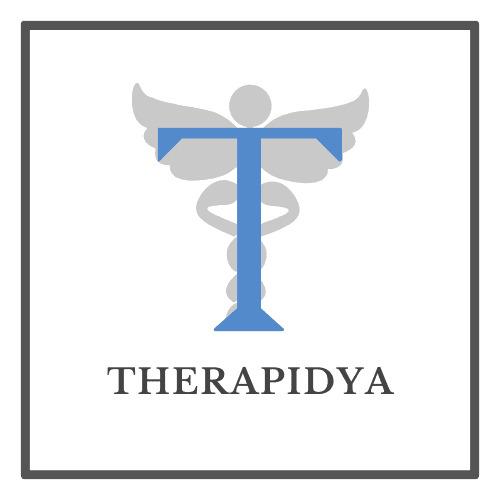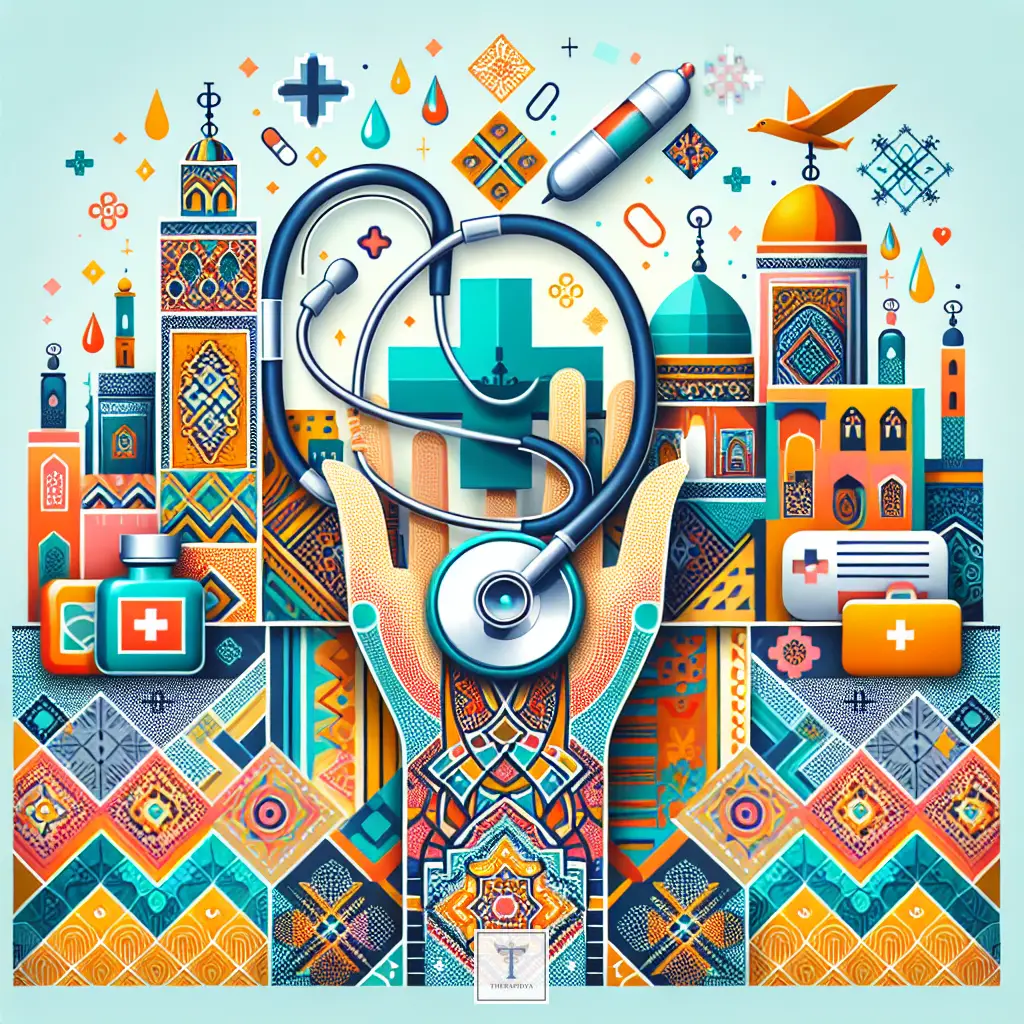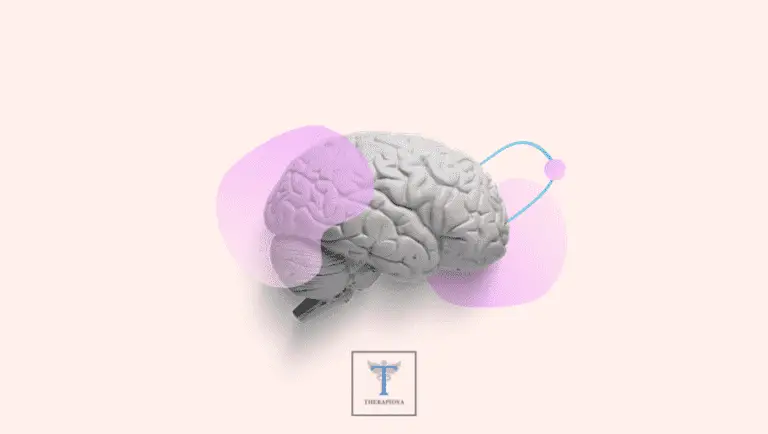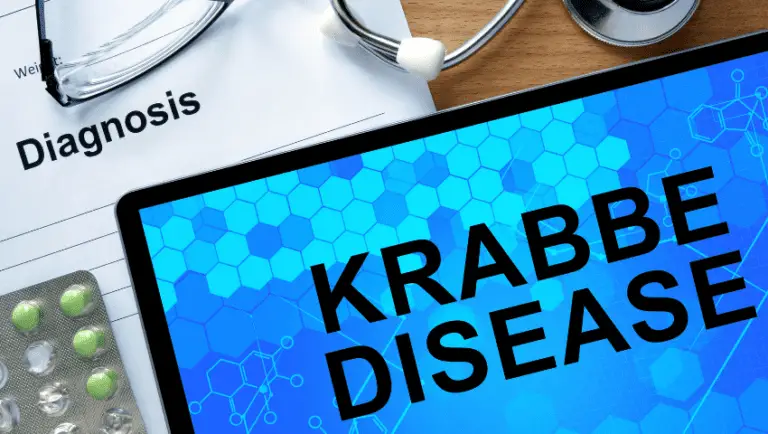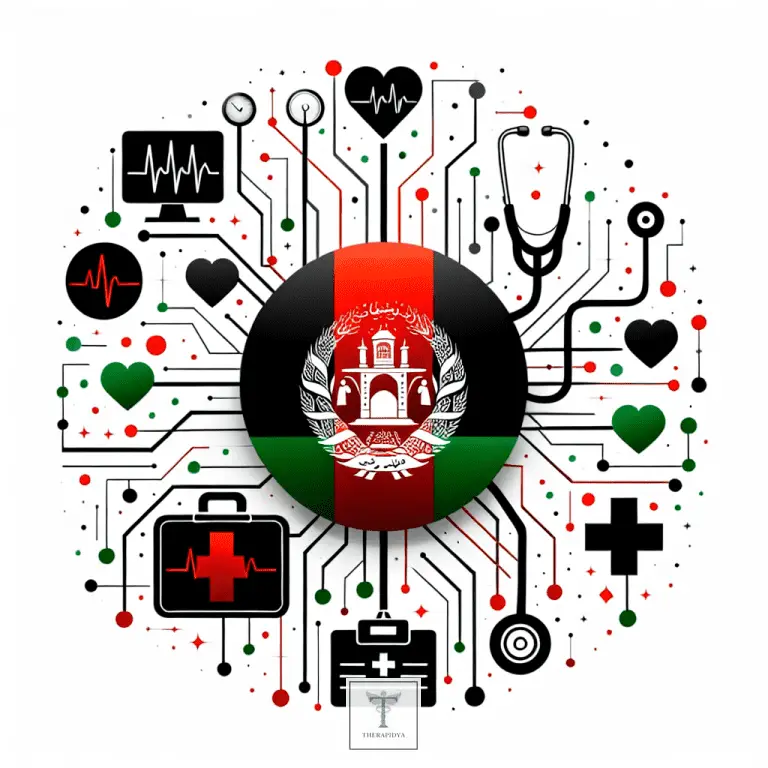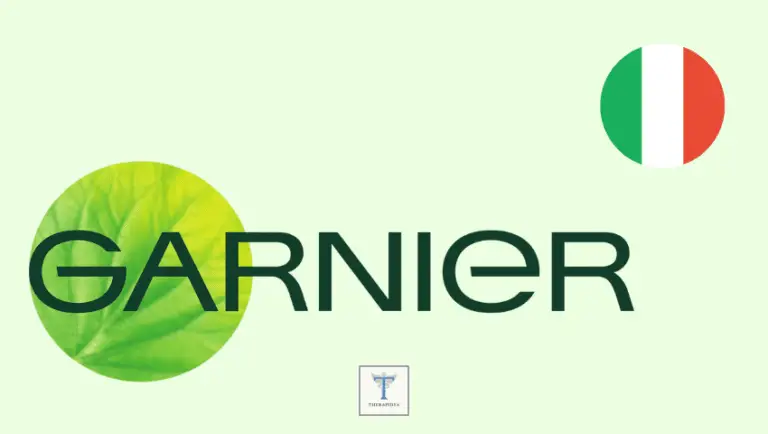Healthcare System in Morocco | Medical Infrastructure | Public Health Initiatives | Full Guide 2024
Introduction to the Moroccan Healthcare Landscape
In the heart of North Africa lies the Kingdom of Morocco, a country with a rich cultural mosaic that extends to its developing healthcare system. As of 2024, Morocco’s journey towards a robust and accessible public health sector is marked by significant investment, reform, and a growing awareness of the needs of its population. The Moroccan healthcare narrative is a testament to the country’s resilience and determination to provide medical services to its people despite the myriad challenges it faces.
The Structure of the Moroccan Healthcare System
The healthcare system in Morocco (‘système de santé’ in French) operates on two distinct tiers: public and private. The public healthcare system, largely subsidized by the government, is meant to ensure that healthcare is a right afforded to all Moroccans. Notably, the private sector complements the public domain by offering more personalized care, albeit at a higher cost. This two-tier structure is crucial in understanding how health services are accessed and delivered across the country.
Public Healthcare Initiatives
Morocco has made commendable strides in public health initiatives with the introduction of schemes such as the Plan Santé 2025 and RAMED (“Régime d’Assistance Médicale”), which aim to achieve universal health coverage. RAMED, in particular, has been a cornerstone in providing aid to those with low income and no medical insurance. Efforts such as these are reflective of Morocco’s commitment to enhancing the reach and quality of healthcare for its citizens.
Private Healthcare Expansion
In the private sector, a proliferation of clinics and specialty hospitals has been marked, providing cutting-edge treatment options for those who can afford them. The private healthcare system in Morocco operates on a fee-for-service model and is known for shorter wait times and a higher standard of amenities.
Medical Infrastructure in Morocco
The Moroccan medical infrastructure (‘infrastructure médicale’) is a patchwork of contrasts. Urban centers like Casablanca and Rabat boast state-of-the-art facilities, while rural areas often grapple with insufficient resources. The government’s investment in medical infrastructure is visible through the construction of new hospitals, clinics, and the enhancement of existing facilities to bridge this urban-rural divide.
Innovations in Healthcare Technology
Digitization and telemedicine are fast revolutionizing patient care in Morocco, giving remote areas a digital lifeline to primary health services. Investments in health technology platforms consolidate patient data, streamline processes, and support a more efficient health service delivery. These innovations are emblematic of Morocco’s pursuit of a health system that embraces technology to overcome geographical and socio-economic barriers.
Public Health Initiatives and Programs
Morocco’s public health initiatives illustrate a profound commitment to combating public health challenges. These are multifaceted programs targeting an array of issues from communicable diseases to maternal health, and non-communicable diseases to emergency preparedness.
Fighting Communicable Diseases
Programs to counter communicable diseases such as tuberculosis and HIV/AIDS have been central in the public health docket. The government’s vaccination campaigns (‘campagnes de vaccination’) and awareness drives reflect an enduring effort to keep these diseases at bay. Preventative care, through such initiatives, is a focal point in the fight against the spread of infections.
Addressing Non-communicable Diseases
Non-communicable diseases like diabetes and hypertension are on the rise in Morocco. To tackle this, the Ministry of Health has underscored the importance of early detection and management through national screening days and health education. Efforts to promote healthy living habits underscore the preventive approach to healthcare that the country is adopting.
Strengthening Maternal and Child Health
Maternal and child health (‘santé maternelle et infantile’) is another core aspect of the public health strategy. Initiatives focused on reducing infant and maternal mortality rates include training for birth attendants, enhancing antenatal care, and ensuring access to necessary medical infrastructure for safe childbirth.
Challenges and the Way Forward
Despite the progress, Morocco’s healthcare saga is not without its challenges. Disparities in healthcare access between urban and rural populations, funding constraints, and the need for more healthcare professionals are but some of the obstacles that lie in the path of health reform. The future hinges on strategic planning, continued investment, and international collaboration to ensure sustainable healthcare advancement.
Emphasis on Healthcare Education and Training
To sustain the momentum of healthcare improvements, Morocco is emphasizing the education and training of healthcare professionals. Enhancing the skills of doctors (‘médecins’), nurses (‘infirmières’), and midwives (‘sages-femmes’) is critical to elevating the quality of care and building resilience in the healthcare workforce.
Conclusion: A Glimpse into the Future
As Morocco marches towards 2025 and beyond, the commitment to healthcare system reform shines as a beacon of hope. With continual improvements in medical infrastructure, innovative public health initiatives, and a commitment to addressing the needs of all segments of society, Morocco’s healthcare system is slowly but surely transforming into a model of public health advancement. The medina alleys and mountain villages of Morocco each tell a story of a nation in pursuit of a healthier future, a narrative woven with threads of perseverance, innovation, and the promise of equitable healthcare for all.
